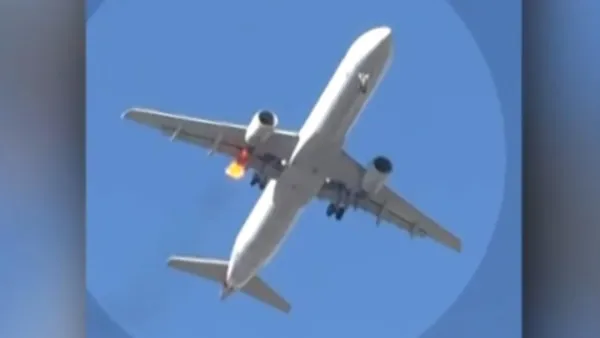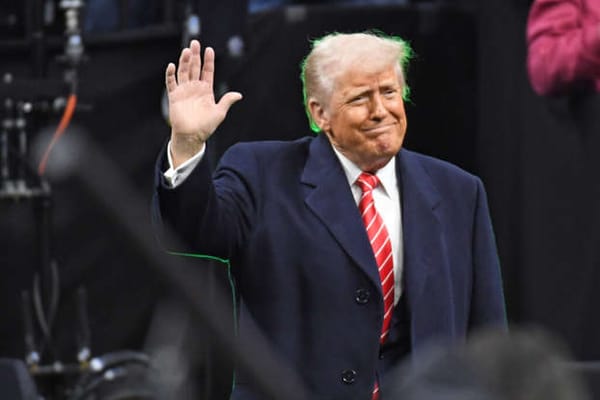How Trump Shifted from Bombing Iran to Declaring a Ceasefire

In a rapid turnaround, President Donald Trump transitioned from authorizing unprecedented U.S. airstrikes on Iranian nuclear sites to announcing a ceasefire between Iran and Israel within just 48 hours. This diplomatic pivot has led to a flurry of activity, catching both allies and adversaries off guard. On June 21, Trump addressed the nation, stating that U.S. warplanes had targeted three key Iranian nuclear facilities. While early intelligence indicated that these strikes only delayed Iran’s nuclear ambitions by a few months, the President framed the action as a success, emphasizing his administration’s hardline stance. However, shortly after, Trump shifted toward diplomacy, indicating an interest in de-escalation. He publicly called for peace and began engaging with key players like Qatar and Israel. Despite initial breaches of the ceasefire—both Israel and Iran accused each other of violations—the Trump administration worked to mediate a ceasefire, with Qatar playing a significant role in unofficial negotiations. The situation remained tense, with Iran launching retaliatory missile attacks on U.S. military bases in Qatar and Israel, but Trump’s order to halt Israeli operations marked a notable turn. The ceasefire appears to be holding, and Trump has expressed optimism about the possibility of future peace and even trade relations with Iran, though some experts warn of ongoing risks and the cycle of conflict in the region. This dramatic shift illustrates Trump’s unconventional approach to foreign policy—moving swiftly from military action to diplomatic negotiations, often via social media and direct calls rather than traditional channels.




